Choosing a pet hamster
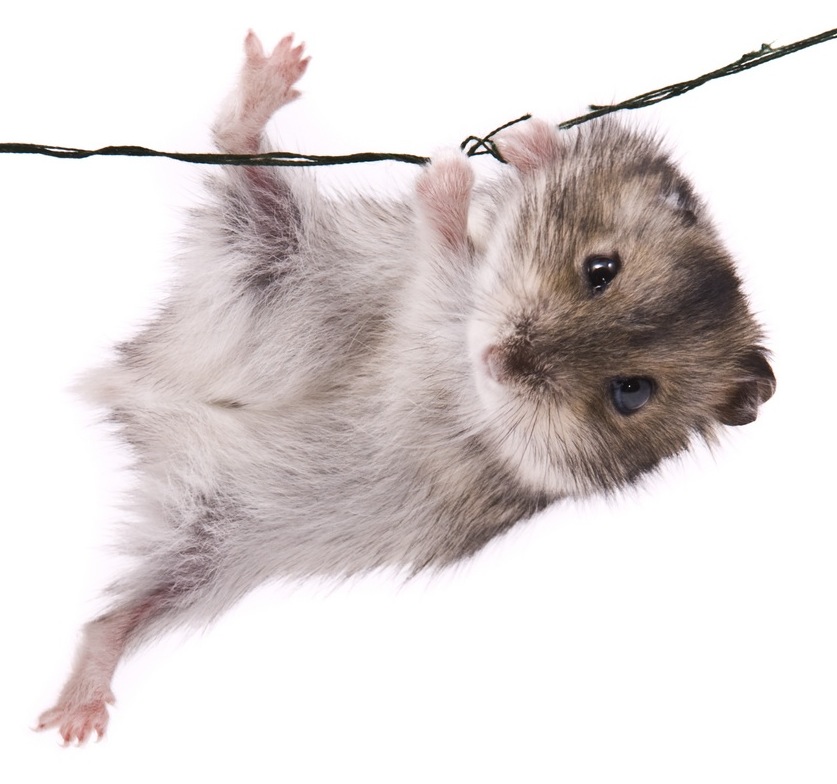
Life used to be straightforward! When the golden hamster started to become a popular pet in the 1960s, it was the only one of its kind. But now, a wide range of different colours and coat types exist, and several other varieties of pet hamster are available too.
The golden hamster (Mesocricetus auratus) originates from arid countryside in Syria, and has recently been discovered in an adjacent area of Turkey. Hamsters as a group range through parts of Europe, the Middle East and Asia. European hamster
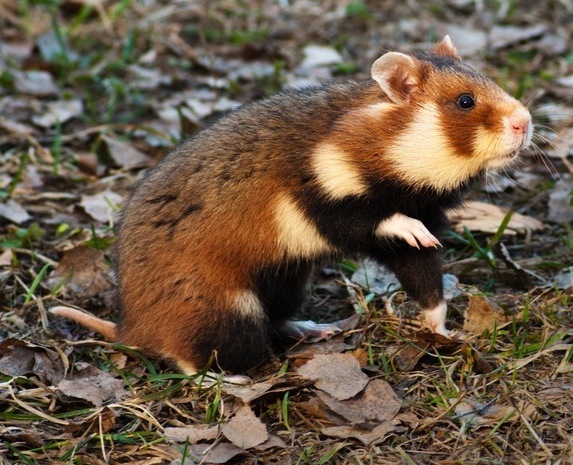
There are about 25 recognised species, of which the very scarce European hamster (Cricetus cricetus) (shown here) is the largest, standing over 30cm (12in) tall.
Dwarf hamsters first started to be kept as pets in the mid-1970s, and they have since built up a strong following. The Djungarian or Campbell's (Phodopus sungorus campbelli) lives in parts of Russia, Mongolia and China, while its close relative, the winter white dwarf hamster (P. s. sungorus) originates from eastern parts of Kazakhstan and south-western Siberia.
The third member of this group, which is less commonly-kept, is the smaller Roborovski's (P. roborovskii), which is found in the same part of the world as its relatives. The only other type of hamster that is occasionally kept as a pet is the Chinese or striped hamster (Cricetulus griseus), which has a distinctive long tail. Today's strains of pet hamster are all descended from zoo-bred stock.
Change of name
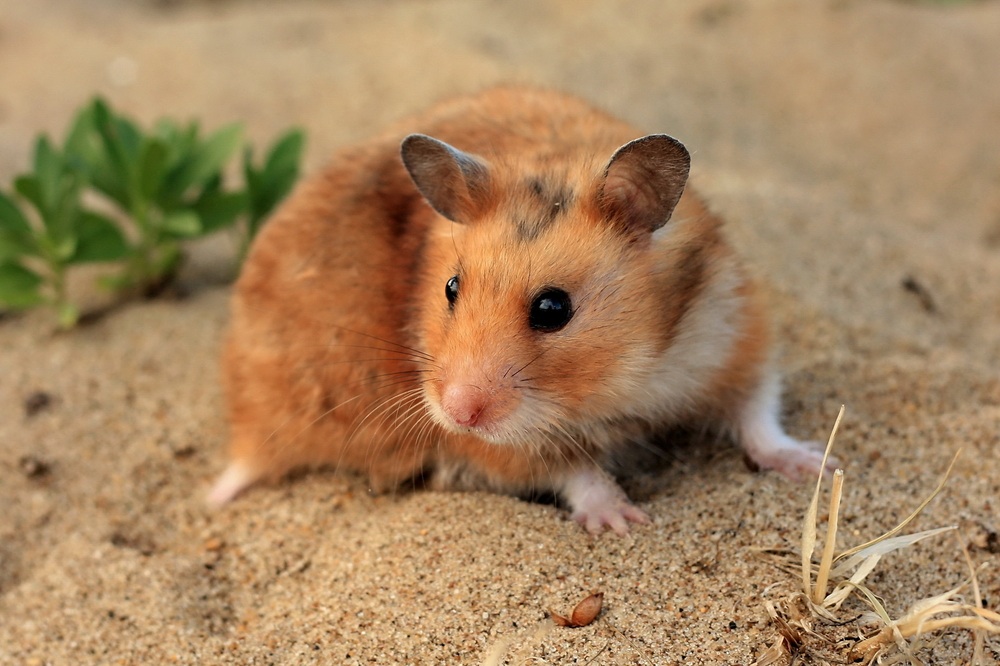
As the number of colour varieties has increased in the case of the golden hamster, so its name has been changed, to that of the Syrian hamster. The original colour form is still known as the golden, but now you can choose from varieties literally ranging right through from white to black - and bi-coloured individuals too, such as cream and white. There are even tortoiseshells and tortoiseshell and whites, corresponding to the colours seen in cats.
If you want to have the widest selection of colours to choose from therefore, then pick a Syrian hamster. In terms of coat type though, bear in mind that if you opt for a long-haired individual, its coat will require regular grooming, using a soft toothbrush to prevent the fur from becoming matted. Rexes, with their crimped fur, only require to be stroked by hand to keep their coats looking neat.
 Did you know?
Did you know?Long-haired Syrian hamsters are sometimes called 'teddies', because they can look rather like miniature teddy bears! Young long-hairs have relatively short coats at first, which become longer with age.
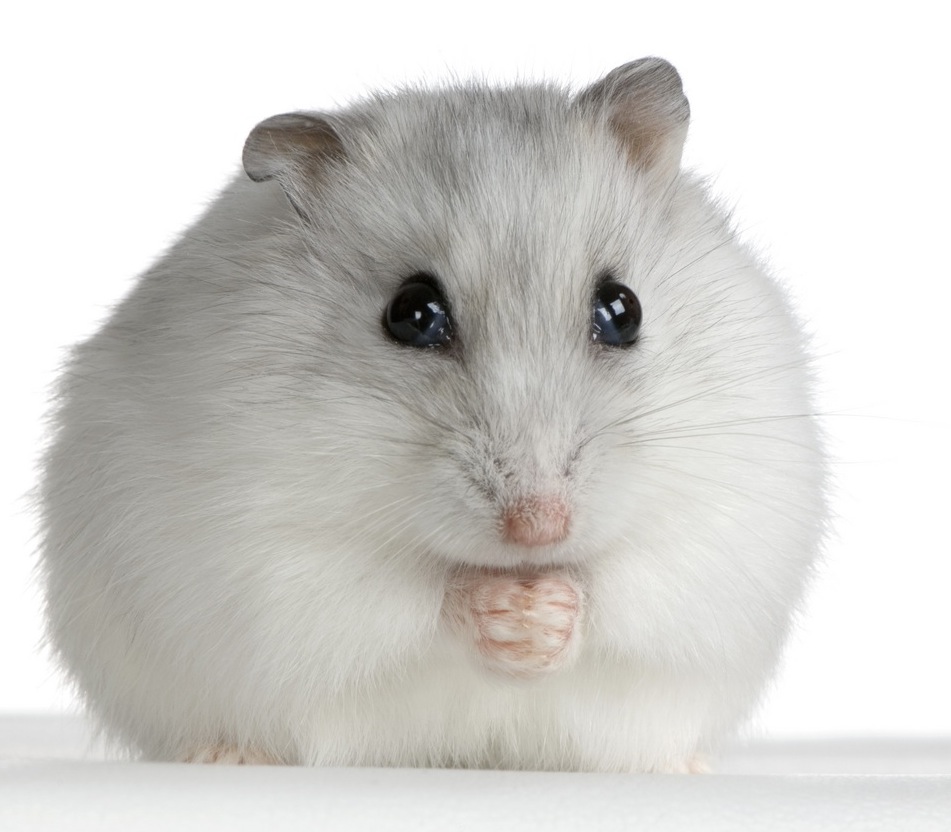
The number of colour varieties in the case of dwarf hamsters has also grown over recent years, particularly in the case of Campbell's, where you can now choose from opal (bluish-grey), argente (ginger) and copper amongst others. There is also a satin coat type, as in the case of the Syrian, which can be combined with any colour, giving the coat an extra shiny appearance.
As far as the winter white is concerned (above right), be prepared for a sudden colour change. As with many smaller mammals, its fur becomes white in the autumn, just as would happen in the wild. This helps to conceal these hamsters from predators when there is snow on the ground.
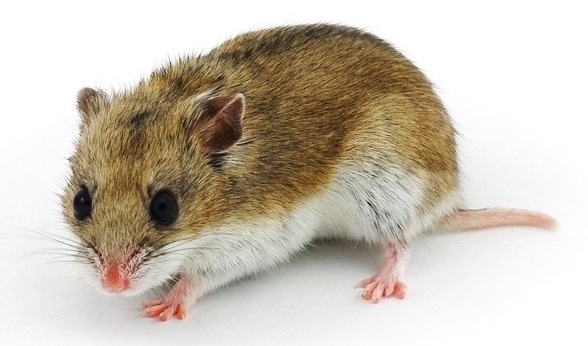
In the case of the Chinese hamster (picture), you may come across the so-called 'white-spotted' form. As its name suggests, there are white patches on the back, and over the head in a well-marked individual. A separate pure white strain has been created in Switzerland, but it is currently very rare.
Starting out
Should you have your heart set on a hamster of a particular colour, then you may need to patient. It might be possible to order a youngster of your choice through a local pet store, although in some instances, you may have to track down a breeder, especially if you are in search of a particularly rare variety. This will definitely be the case as well if you are interested in exhibiting your pet, to be sure of having a hamster from a show line.
There is really no variation in temperament between hamsters of different colours. But there are very important difference when it comes to choosing between the species. Both Syrian and Chinese hamsters are solitary animals by nature, and must be housed individually. On the other hand, dwarf hamsters tend to be more social by nature, and this in part helps to explain why they have become more popular over recent years.
Size matters
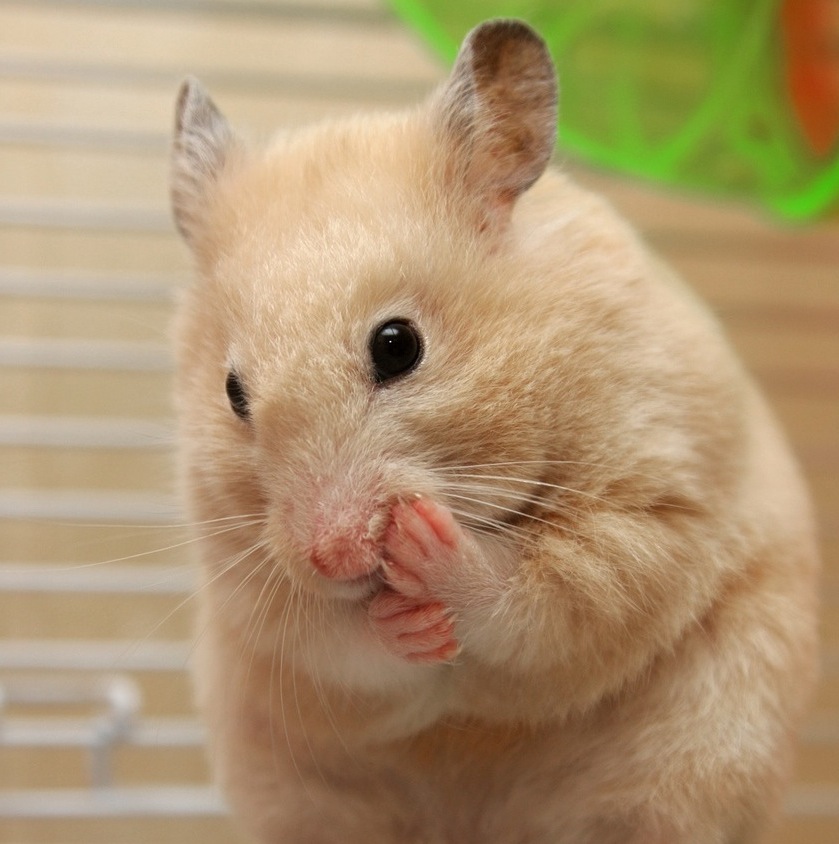
Another key difference that you need to bear in mind is their size. As their name suggests, dwarf hamsters are significantly smaller too, and this has a direct impact on their housing. Traditional wire cages may not be as commonly-seen today as in the past, but they are not to be recommended for dwarf hamsters in any case, simply because youngsters in particular can sometimes slip between the bars, or may even become stuck between them.
Dwarf hamsters will thrive in modular systems, which are now available in a wide range of designs. The different components can be configured in a wide range of ways and they are equally suitable for Syrian hamsters. Beware, however, as a Syrian hamster can sometimes have difficulty moving through these tubes as it becomes older, if it has become heavier and less mobile with age.
Top tip!
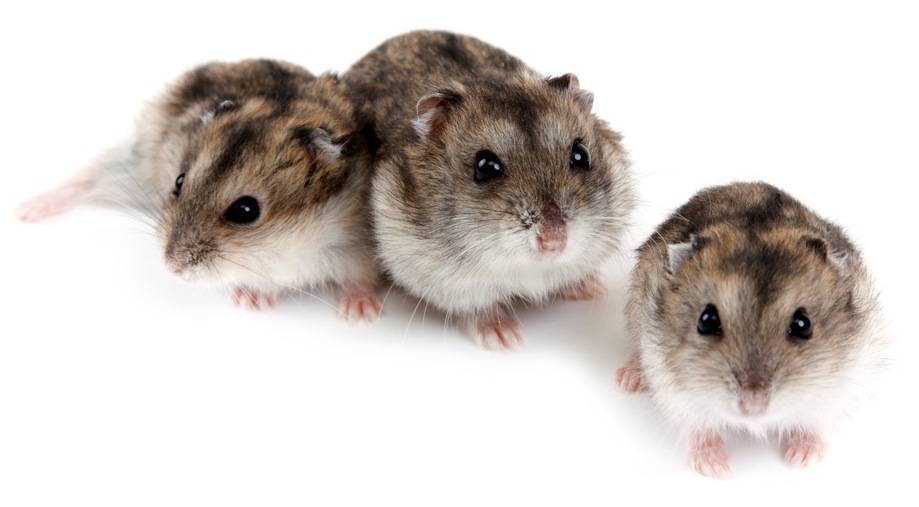
If you have two children, both of whom are keen to have a pet hamster, it can be both cheaper and easier to start out with young dwarf Russians. They can share their accommodation, and will usually agree well, provided that they are both introduced here at the same time.
This saves the expense of having to purchase two separate housing set-ups, and your children can share the care of their pets. Be sure that the hamsters are of the same sex, however, so as to prevent an unexpected litter.
Gender
It is not too difficult to sex young hamsters just after they are weaned, and before they are sexually mature, especially if you can compare a group. The gap between the hamster's genital and anal openings, at the base of the tail, is much closer together in a female than a male. Even so, there is no significant difference in temperament between the sexes if you seeking a pet.
Lifespans
Dwarf Russians typically have a life expectancy of no more than two years, whereas Syrian and Chinese hamsters can often live for three, although there can obviously be exceptions either way.
Temperament
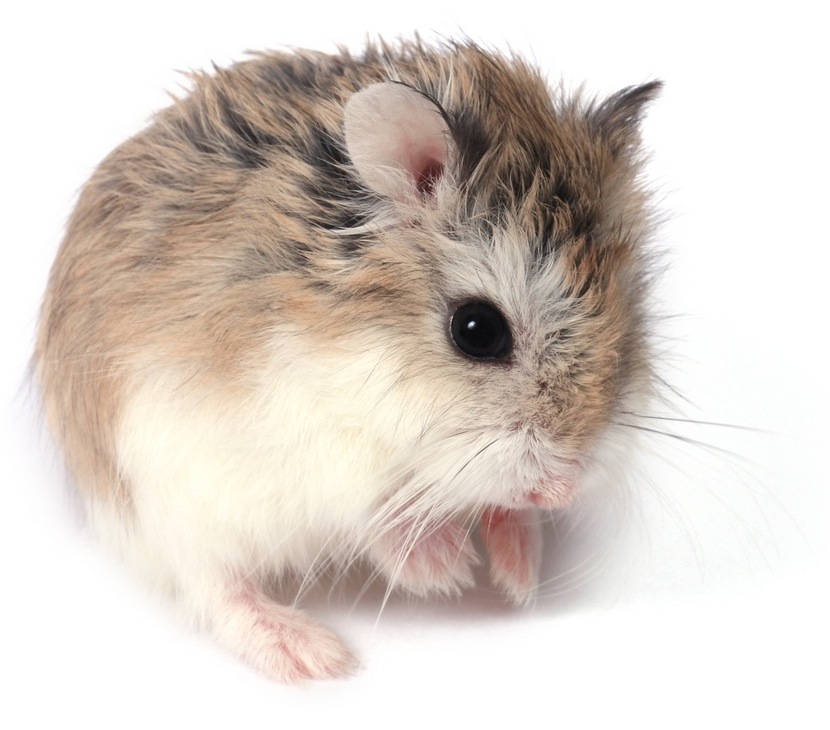
Although there is some difference in temperament between the various species, this also depends on the individual, and how frequently it is handled. As a general guide, Syrian hamsters adapt well to be handled from an early age, as will the Campbell's and the winter white, although Roborovski's (picture) has a reputation for being more nervous. Chinese hamsters can turn out to be more aggressive, although again, it depends very much on your pet, and how frequently you handle it. Always obtain a young hamster just weaning, at 4-5 weeks old. It will then be easier to tame.
Health check
There are a number of pointers that you need to consider.
Can the hamster move freely?
Check there is no staining around the vent area, which would be indicative of diarrhoea.
Ensure there are no bald areas in the coat.
The fur should be sleek, although in Roborovski's, the coat is slightly longer and softer, so it tends not to lie flat.
The eyes should be bright. It is normal for some hamsters to have one red and one black eye. The ears should not be scarred.
No worries!
It is not usually a cause for concern if the sides of the hamster's face appear swollen. This is where its cheek pouches are located, and the presence of food here will cause this swelling.
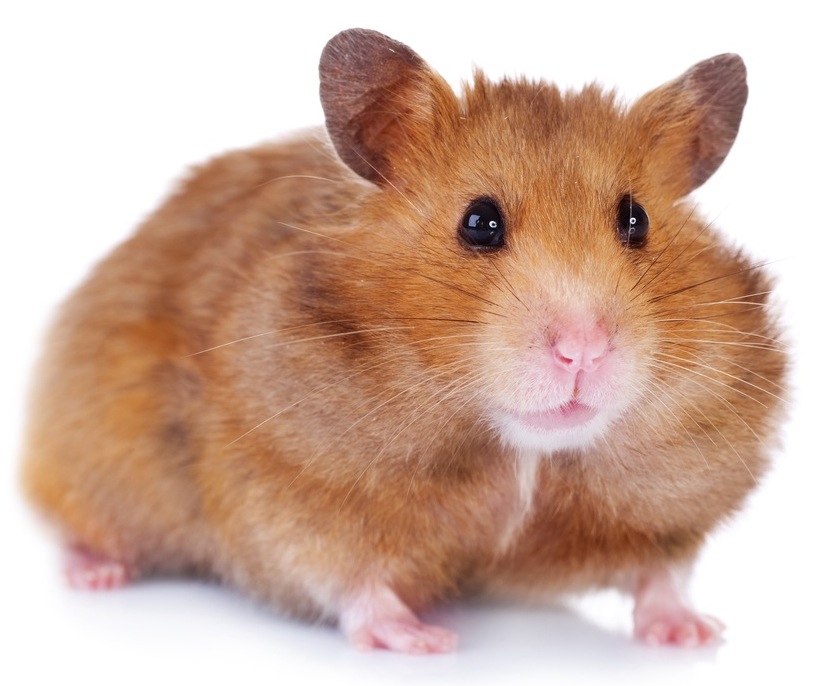
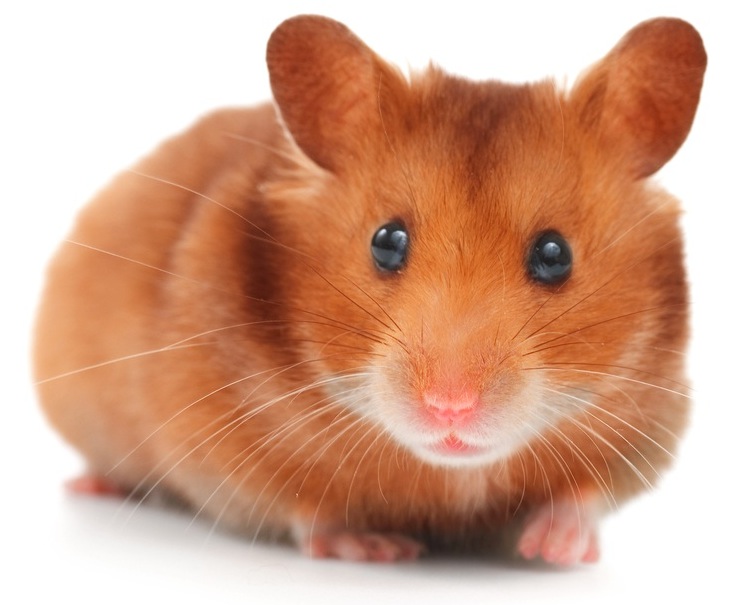
A hamster with full cheek pouches) and empty cheek pouches